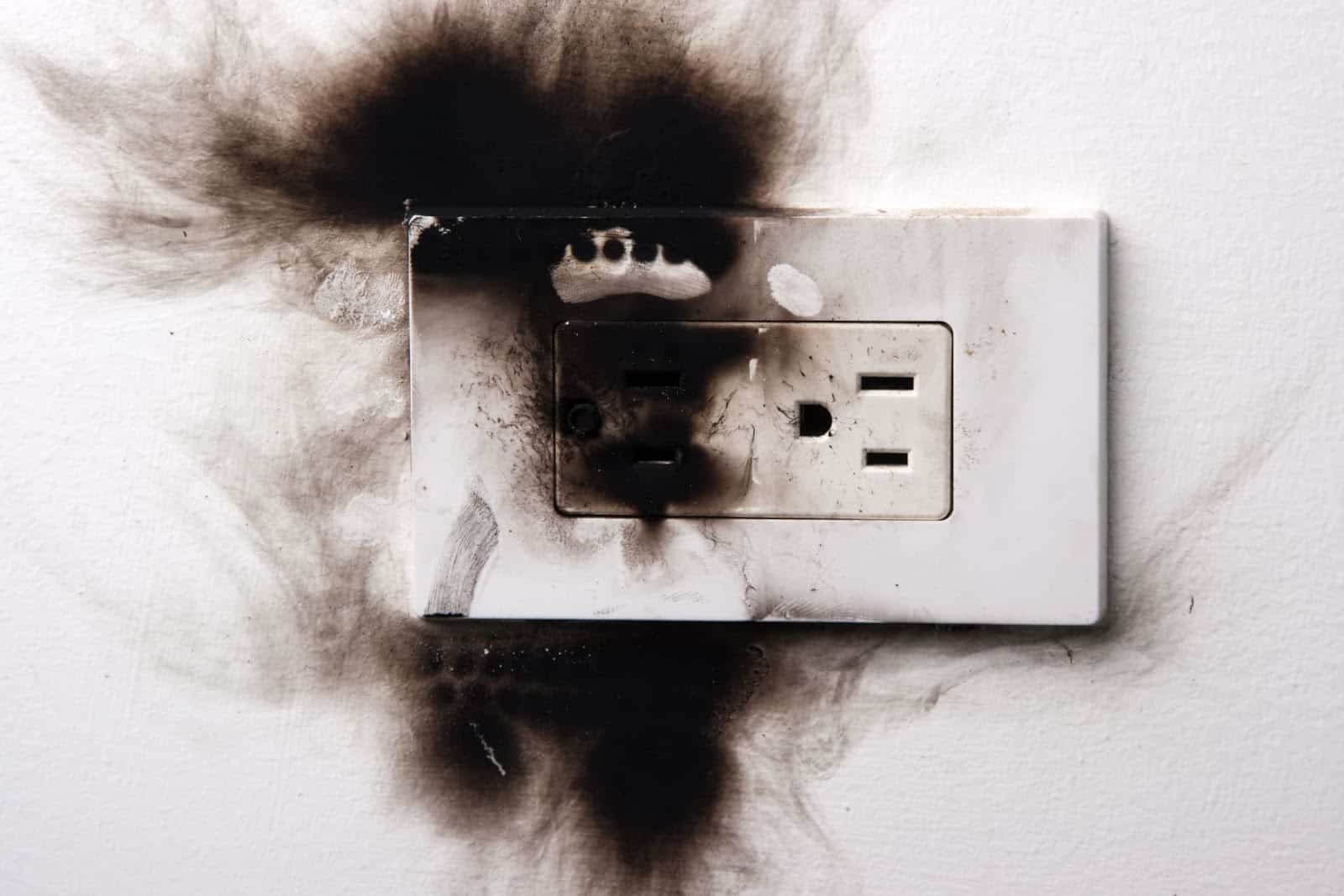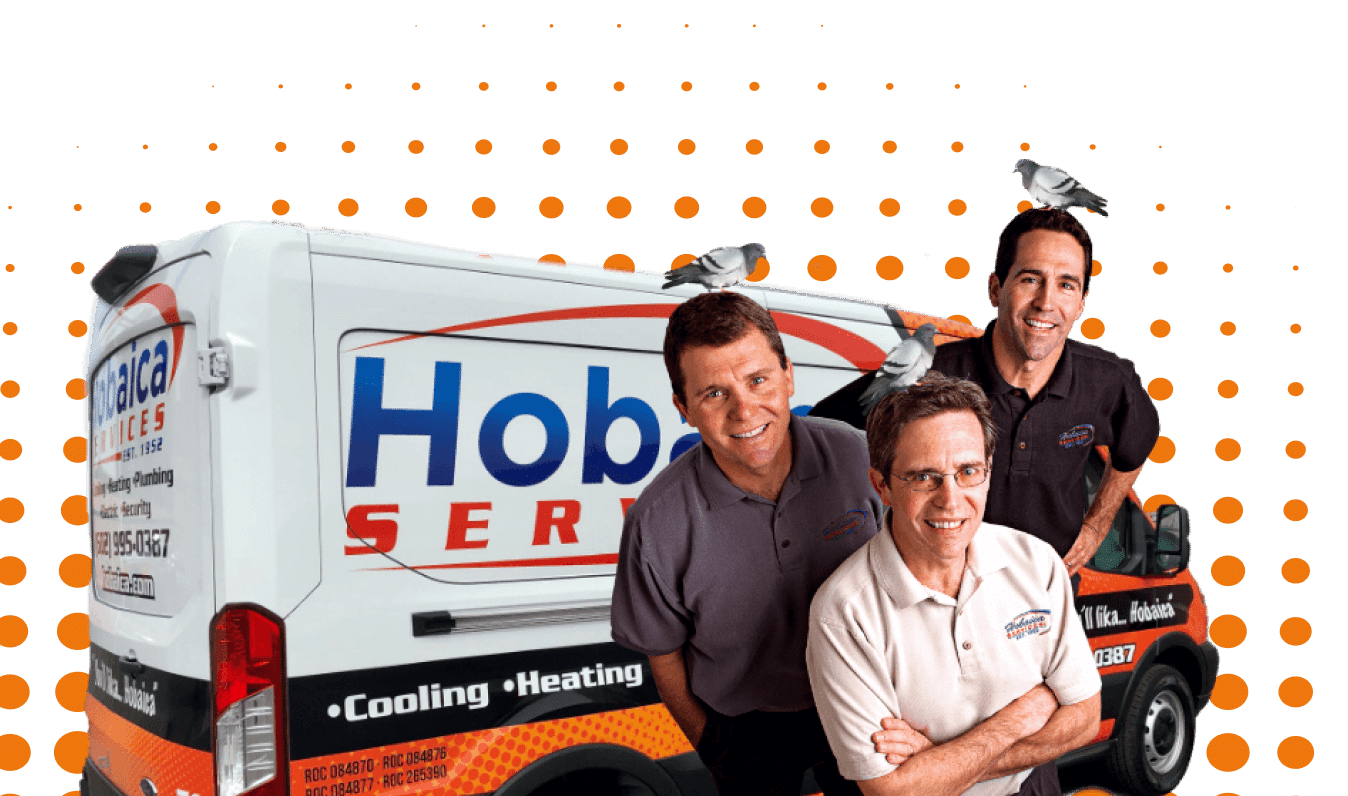
Protect Your House And Family From The Risk Of Electrical Fire With These Electrical Safety Tips
We use more electricity in our homes now than we ever have before. It’s estimated that homeowners in the US use a whopping 13 times more electricity than they did in 1950. And when you think about it, are you surprised it’s not more? We have so many more things that we plug in to our homes. From computers and wi-fi to video games systems and air purifiers, our dependence on electricity just keeps growing. We even plug cars into our houses now! Find out more about our electrical safety tips below.
Even though we use much more electricity than we did just 10 or even 5 years ago, many of us take electrical safety for granted. While there are safety mechanisms built into many electronic devices, there are still some basic precautions you should take each and every time you plug something in to your home’s electrical system. Hobaica Services is here to help you keep your family safe from any electrical mishap with our Top 5 Electrical Safety Tips for your home.
1 - Don’t Overload Outlets
You may be working from home full-time now. Your office is upstairs in a room you haven’t spent much time in before, so you never noticed that it only had one outlet. So you’ve got your monitor, lamp, computer and wi-fi all plugged into that one, solitary spot. Of course all of the cords won’t fit so you make sure to get an outlet extender and then everything can be plugged in. But, wow, is it hot in that room in the summer, so you get a window AC unit up too, as well as a little refrigerator to keep some cold water bottles on hand. Now, on to charge your cell phone and BAM! All of a sudden you trip your circuit breaker.
Homes built 20, 30 or 40 years ago weren’t designed with all of our future electronic needs in mind. All too often we see one outlet becoming a hub of electrical connections that end up overloading it. In this instance, the homeowner would probably need a new outlet installed, but in other cases it may just be a matter of spreading out the devices that need to be plugged in. You want to make sure that just one or two outlets in your home are not the only ones in charge of charging.
To Plug In Or Not To Plug In, That Is The Question
Here are a few rules to live by when it comes to outlets -
- Only one heat-producing appliance should be plugged into an outlet at a time. So never use a hair dryer and a space heater in the same outlet.
- If the outlet becomes warm or hot to the touch, or if its use trips your circuit breaker regularly, it’s time to call in a certified electrician. These are signs that something is wrong and should be repaired now.
- Any cracked or damaged faceplates should be replaced before use.
- Just because you add an outlet extender or power strip doesn’t mean that you are adding more power to be used.
2 - Don’t Use Damaged Electrical Cords
You spot a beautiful vintage lamp at your local antique store and can’t wait to get it home. You position it in just the right spot, go to plug it in, and notice that the cord is fraying just a little and you can see the wires inside. Well it’s old, of course it’s not perfect. It’s okay if there’s a little wear and tear on an antique like this, right?
Wrong. Damaged power cords are nothing to take a chance on. This includes any power or extension cord that shows any kind of sign of damage, including fraying, cracks or holes. The cord either needs to be repaired (if possible) or replaced altogether. Make sure that any sign of damage on a power cord is addressed promptly, even if it’s worked just fine for years, or even for decades. It’s what might happen in the future that should be your concern.
3 - Be Smart With Extension Cords
Who doesn’t love an extension cord? They allow you to bring power pretty much anywhere you need it in and around your home. However, it’s important to remember a few important rules about extension cords and their use:
- Never use an extension cord underneath anything like a rug, furniture or carpeting as it can pose a fire hazard.
- Never use an extension cord to power a major appliance.
- Remember an extension cord should be a temporary solution to an electrical need, not a permanent one. If you find you need electricity in an area over and over again, you should probably get an expert out to provide you with options on installing an outlet.
4 - Use Correct Wattage For Light Bulbs
It’s important to remember that your light fixture and/or lamp was designed to work with a certain wattage in mind. When light bulbs with too high of a wattage are used in the fixture, it can get too hot and become a fire risk.
Wattage is typically printed on a light fixture or lamp, but in case it is not, a good rule of thumb is to use a 60 watt light bulb or less for light fixtures and a 25 watt bulb or less for ceiling fixtures. Or you can go with an LED light bulb which uses less energy and therefore has less risk of overheating.
5 - Don’t Take Chances - Call An Electrician
Flickering lights? Tripped circuits? Seeing sparks? Smell something burning and no one is cooking? These are all signs you may have a larger electrical problem that should be addressed by a professional. Even if it is something small, like a broken outlet or cracked faceplate, consider turning to a certified electrician to fix these issues as well, especially if you have not worked with electricity before.
The team at Hobaica Services is happy to help with your electrical safety. In fact, we provide complimentary whole home electrical safety inspections to residents throughout the Phoenix, AZ area. Just connect with our team to set up your free consultation today.
Because when it comes down to it, there’s nothing more important than the safety of your home and family!
